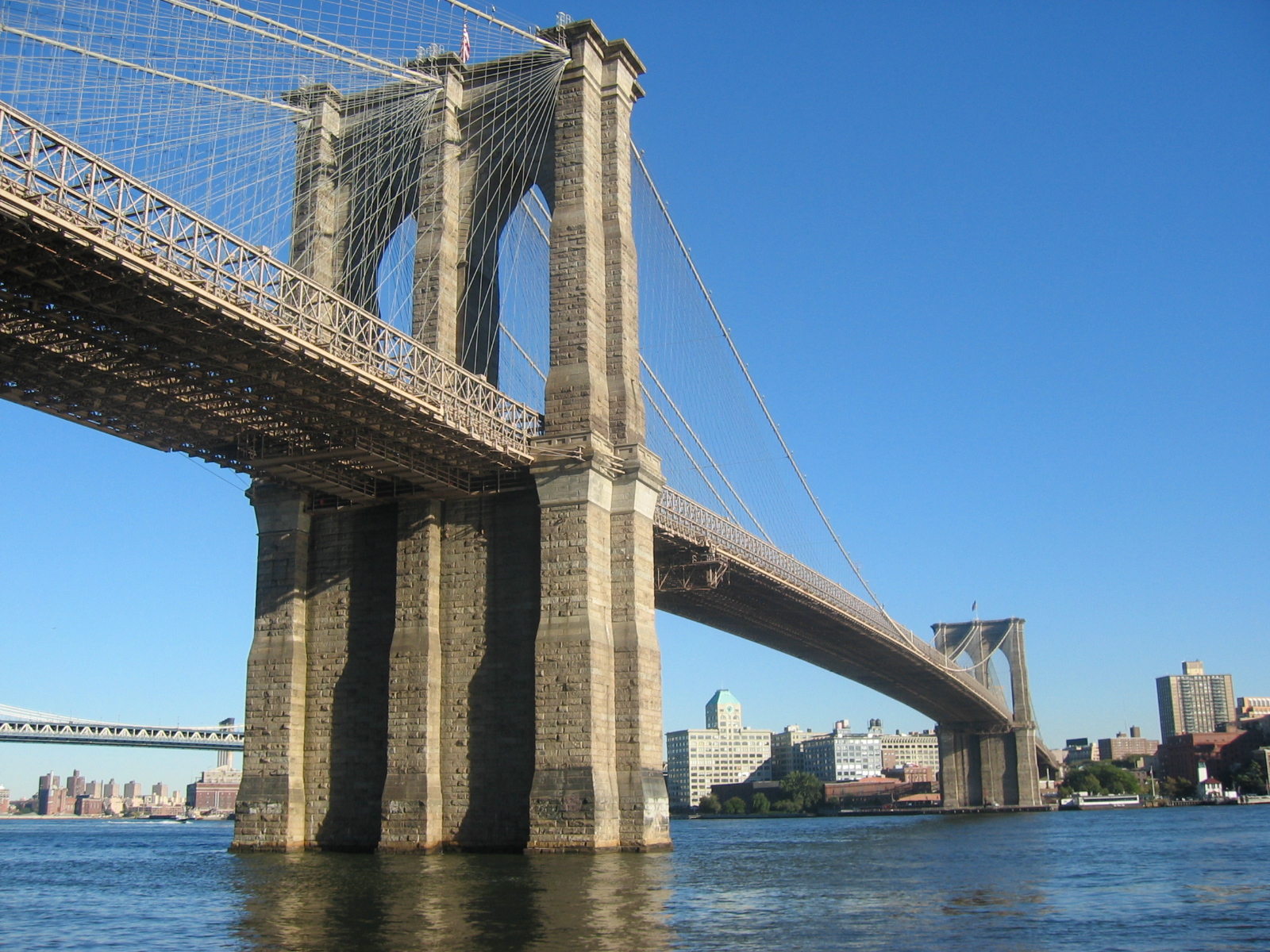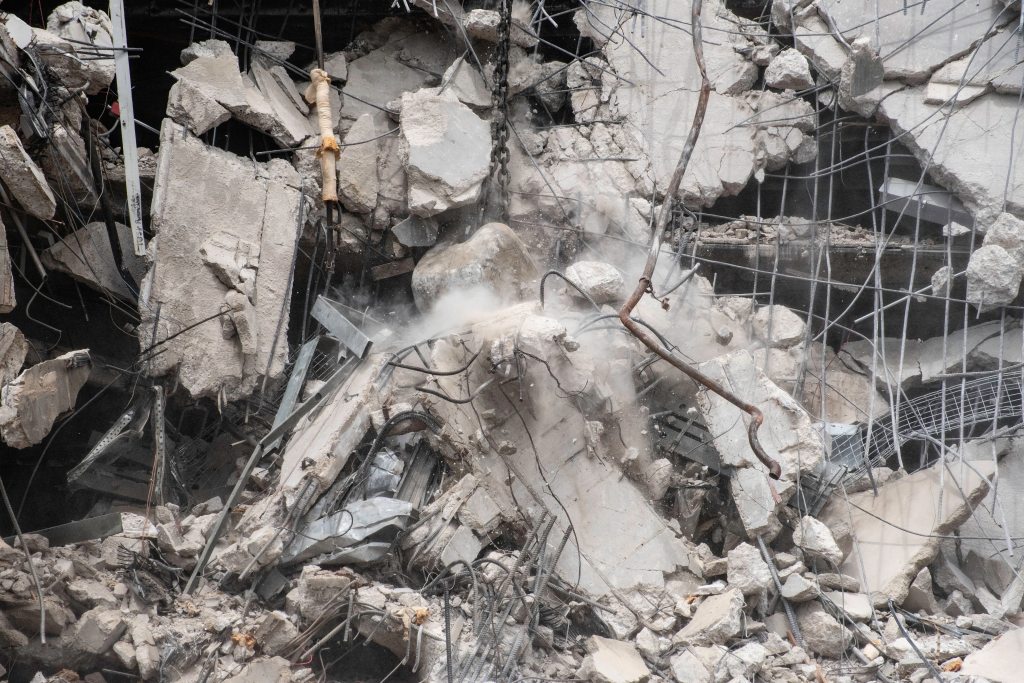
June 2021
Oleanna – Ustinov Studio, Theatre Royal Bath – 28th June – *****
Finally an opportunity to scratch that travel itch. The SO was forced to drive the Tourist around some of the loveliest parts of Northern England in early June, but the attractions were almost entirely architectural and natural, and there was, I admit, a surfeit of Medieval buildings. (Turns out the highlight however was avian, namely puffins, and best of all, a pair of hen harriers). After a jaunt to Bristol, what a marvellous city, confronting its past and building its future, the Tourist also joined the SO in Bath, which is altogether more sedate and in danger of being pickled in its Regency past.
A chance to see Oleanna at the compact Ustinov Studio though, which had initially been another C19 casualty, and which has been on the Tourist’s wish list for some time. David Mamet’s artistry has faded alarmingly in recent years, Bitter Wheat was a mess, but Oleanna ranks alongside Glengarry Glen Ross and Speed the Plow as his finest stage works IMHO. Oleanna, in its examination of privilege, power and language, against the backdrop of an accusation of sexual harassment sets out to, and succeeds in, goading and provoking an audience. Its two characters, student Carol (Rosie Sheehy) and professor John (Jonathan Slinger), alternately elicit audience sympathy and loathing, as Mamet runs through its controversial gears. It was intended to cause controversy, written as its was, just after the Anita Hill/Clarence Thomas Supreme Court nomination proceedings during the GHW Bush presidency in 1991. And it is no less relevant today. You can make up your own mind where you stand on the issues it explores. What struck me was how far Mamet was prepared to go in eliciting sympathy, even justification, for John as the consequences of his actions become clear, whilst ramping up Carol’s “politically correct” hostility and lack of empathy, not least in her using the “group” to pursue her case and in demanding John’s books are banned.
Yet Carol is right and John is wrong, though to be fair, this is made absolute in the shocking ending. John oversteps boundaries at the outset. He may see his patronising self importance as Platonic but we see how his language and movement disturbs and violates Carol. She is worried and confused at the outset but, as she calls out John’s behaviour, she gains in confidence and eloquence as he deflates into narcissistic victimhood. The complexity and ambiguity of Mamet’s dialogue has probably been amplified through time but the way in which Carol and John talk, but fail to listen ,and the symmetry in their unresolved narrative arcs, is highly effective. Rosie Sheehy (who is surely destined for a long and fulfilling stage career) and Jonathan Slinger are equally superb, in action as well as word, as the battle for “supremacy” shifts from linguistic to physical. A good play to be right up front. I can’t imagine anyone improving on Lucy Bailey’s direction.
The Death of a Black Man – Hampstead Theatre – 17th June – ***
The Tourist’s other June outing wasn’t quite so rewarding. The idea of staging Hampstead Theatre Classics, landmark plays that originally premiered at HT, to celebrate the theatre’s 60th anniversary, was inspired and, in retrospect, was prudent in the event of the coming calamity. The Dumb Waiter delivered, but then one might have expected that, it being Pinter, but the subsequent plays weren’t quite as convincing. I couldn’t squeeze The Two Character Play after it was rescheduled, but it does sound like it is at the more challenging end of Tennessee Williams’s oeuvre, though given I am warming up on TW, and it starred Kate O’Flynn and Zubin Varla, it was a shame to miss it. More of Night, Mother in a future post, but, suffice to say, that it, like The Death of a Black Man, probably impressed more on its opening than it does now. Some plays don’t age as well as others. That is one of the many beauties of drama. It doesn’t make the play poor or flawed, just that its concerns, its style, its relevance, changes though time. And, of course, there are those gems that, for whatever reason fade into obscurity only to be rescued in future generations by enterprising creatives.
Alfred Fagon was born in Jamaica and, after emigrating to Britain, he served in the army and worked on the railways before he took up acting and then playwriting. In the 1970’s and early 1980’s his was an important voice in black British drama, before his untimely death, and disgraceful treatment even thereafter by local police, who claimed they couldn’t identify his body. (It continues. Fagon’s bust in St Paul’s Bristol was apparently vandalised by some knuckleheads in retribution for the Colston toppling).
TDOABM premiered at HT in 1975. This was its first revival. It tells the story of 18 year old Shakie (Nickcolia King-N’Da) and Stumpie (Toyin Omari-Kinch), best friends as well as business partners, and posh social worker Jackie (Natalie Simpson), the slightly older mother of Shakie’s child who has come to stay in Shakie’s flat in Chelsea. The conversations between the three of them run the gauntlet across race, gender and politics, in, initially at least, a naturalistic way. Shakie and Stumpie are determined to get on and make money, but their schemes are contrasted, Shakie is selling “African” artefacts to boho whites, whereas Stumpie is aiming to take back black music from its white appropriators. Interesting ideas are presented even if these are sometimes jumbled up. However, the second half takes a Pinteresque turn, namely The Homecoming, after Shakie’s musician father dies and the boys look to imprison and “sell” Jackie, with her apparent consent. The callous misogyny (and in parts blatant anti-semitism) is deliberately provocative but I am not sure if Mr Fagon quite pulls it off. This is true despite the best efforts of cast (especially Natalie Simpson who has a really tricky part to play here), director Dawn Walton, designer Simon Kenny who serves up a bright slice of deconstructing 70’s aesthetic and lighting designer Johanna Town. The experience and argument feels very real and must haver been revelatory to audiences in its time, but plot and character become more forced as the play shifts towards abstraction.
Unearthed: Photography’s Roots – Dulwich Picture Gallery – 30th June – ****
The alchemy of light. Botanical subjects. Historical overview. An investigation into process. A range of artistic practices and images. All done in under an hour on a quiet Wednesday afternoon. With a nice sandwich to follow. What’s not to like. Very pleased I bought the catalogue.
Only other entertainment of note was a filmed play The Merthyr Stigmatist from the Sherman Theatre. Welsh playwright Lia Parry presents 16 year old Carys, truculent, trying to escape detention with what seems like a whopper. Every Friday she claims stigmata on her palms, now spreading to her feet, begin to bleed. And, in the workaday streets of Merthyr Tydfil, there are plenty who want to believe she is telling the truth. Her teacher Sian thinks she is self harming, and as a local girl now returned, wants to offer her protection and a “way out”. Carys is having none of it. From this divine composition Ms Parry fashions a story about left-behind but proud communities for which the stigmata is a metaphor, belief and belonging. It zips along, both characters prowling around the abstract schoolroom set designed by Elin Steele (which holds a surprise coup de theatre at the climax), gathering intensity under Emma Callander’s direction. Newcomer Bethan McLean brings vitality and depth to Carys whilst Bethan Mary-James carefully plots Sian’s insecurities. It would be good to see this reach a wider live audience.









